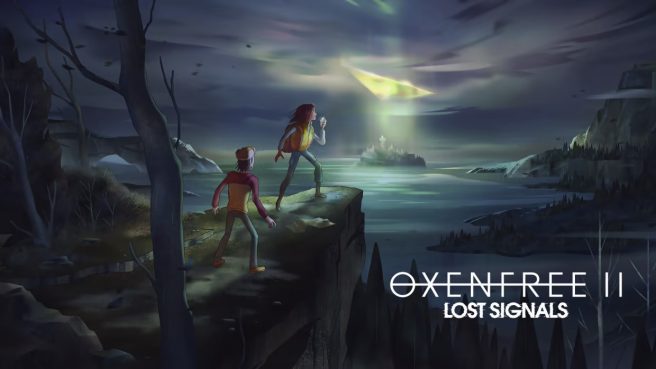[Interview] Oxenfree II: Lost Signals director details story, new mechanics, more
Oxenfree II, the long-awaited sequel to Night School Studio’s moody supernatural mystery, is right around the corner. After playing through the first 30 minutes of the game at Sumer Game Fest Play Days, we had the opportunity to speak with studio director Sean Krankel about the game’s development, storytelling mechanics, and more.
You can check out our in-depth conversation below.
Thanks for chatting with me today! For those who don’t know you, would you mind telling us a little bit about yourself?
I’m the studio director at Night School Studio, which means I oversee all things production, marketing, and creative for the studio. I’m the founder along with my cousin Adam Hines, we started it back in 2014. Our first game was called Oxenfree; we’ve made a bunch of different games since then, and now we’re returning to that original universe. Back in the day there were like four of us. Now it’s… a little more. (laughs)
It’s a bit crazy seeing how many games the studio’s put out and how much you guys have grown since then! Your team has tried so many different things; what made you want to come back to Oxenfree after so long?
Yeah, it’s a very good question. When the first one came out, we didn’t see a way back into this universe. We were like, well, should we make a game where you play as Alex again? Do we turn Alex into a proverbial Scooby Doo-like person who’s out trying to deal with the new bad guys? And we’re like, that just doesn’t feel right; Alex’s story was complete. For anybody that knows and has played that game, it definitely sort of sits in its own space. After some time away from it, though, we started to realize that we were kind of in love with the universe and the ruleset that we had built, and the challenges that the supernatural characters in our games can put on anybody.
It just so happened that Alex was coming of age and was dealing with the grief of losing her brother… but why not look at another person at another point in their life and tell a new story through that lens? And so that was kind of our “ah-ha” moment. We can return to this world, we can return to the ruleset. We can explore Camena – which is the town that was mentioned a lot in the first game, but you never got to go to – and tell a new type of story. If the first one was a coming-of-age story for a 16- or 17-year-old, this is like, what does a coming-of age-story look like for somebody in their early thirties, going through their own sets of challenges and looking back on the choices they’ve made so far? And looking at the new forks in the road ahead of them?
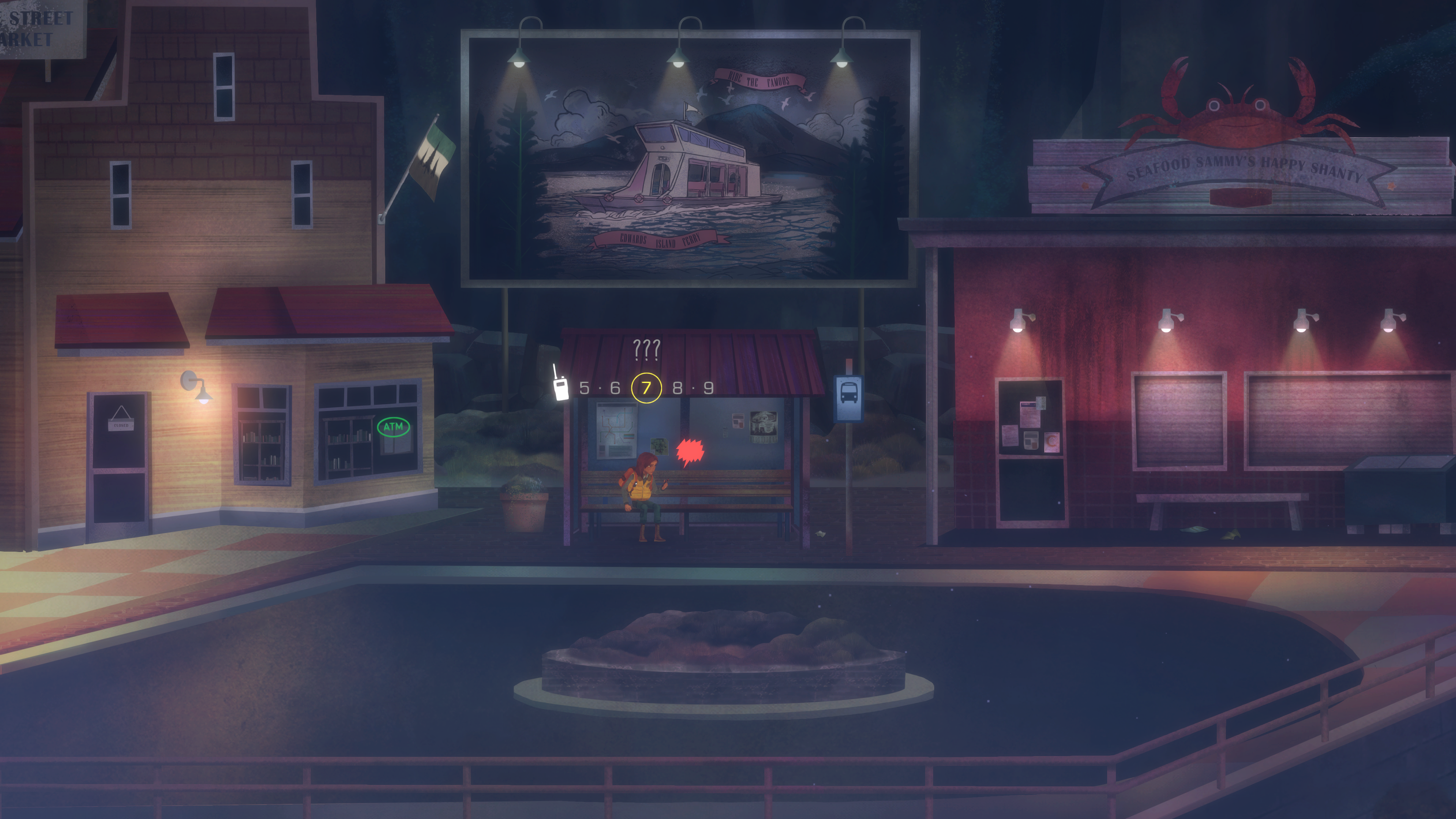
There are still a lot of mysteries that were only partially answered by the end of the first Oxenfree. Are fans going to finally get answers to some of the supernatural phenomena that were introduced in the original game?
Some of them, for sure! Even though we have a new protagonist, a new set of challenges and a new storyline with new antagonists, the connective tissue is that this game does take place after the events of the first one. The portals that got somewhat resolved in that first one are being ripped open by some new antagonists, a cult named Parentage. They will inherently be reopening some of the problems, and we’ll resolve a fair number of unanswered questions from the first one.
And how long exactly has your team been working on this sequel?
We’ve been working on this for a little over three years. The team, for the most part, is the same core team from the first game. Even our artists from the first game – her name’s Heather Gross, she had left after Oxenfree 1, and she’s come back and worked on this game. We have a new lead artist also working on it too named Beverly Chen. The team’s a little bit bigger, but in general, we got the band back together.
After Oxenfree, your team developed the narrative-focused games Afterparty and Next Stop Nowhere. What were some of the lessons learned from those games, in terms of ideas or mechanics, that are being expanded on in Oxenfree II?
It’s funny because, at a design level, with each one of our games we kind of borrow from the last one in new ways. So, when we did Afterparty, I think we leaned even more heavily into the idea of where you can be spatially, and having that be a choice. What I mean by that is if Oxenfree was so rooted in dialogue being the main kind of push and pull that you could have on the narrative, why not have other things like… if I’m over on this side of town, the story progresses over on this other side of town.
We did a little bit more of that in Afterparty than we did in Oxenfree 1. And then Next Stop, Nowhere was a much more exploratory game for us in terms of how you move through the world and how we combine mechanics to progress you through the world. So, we continue to borrow from each of those. We did a game based on the show Mr. Robot right after Oxenfree 1, and it was a small mobile game that had a texting mechanic. And we took that texting mechanic and put that into Afterparty. So, we just kind of kept, you know, grabbing and learning from that. But ultimately, Oxenfree II is a more open game in terms of how you approach the story. After the stuff that you saw today, the game actually opens up quite a bit and lets you approach the challenges in the order that you want. And our other games have not done that as much. Afterparty kind of did that, but we do it even more in this one.
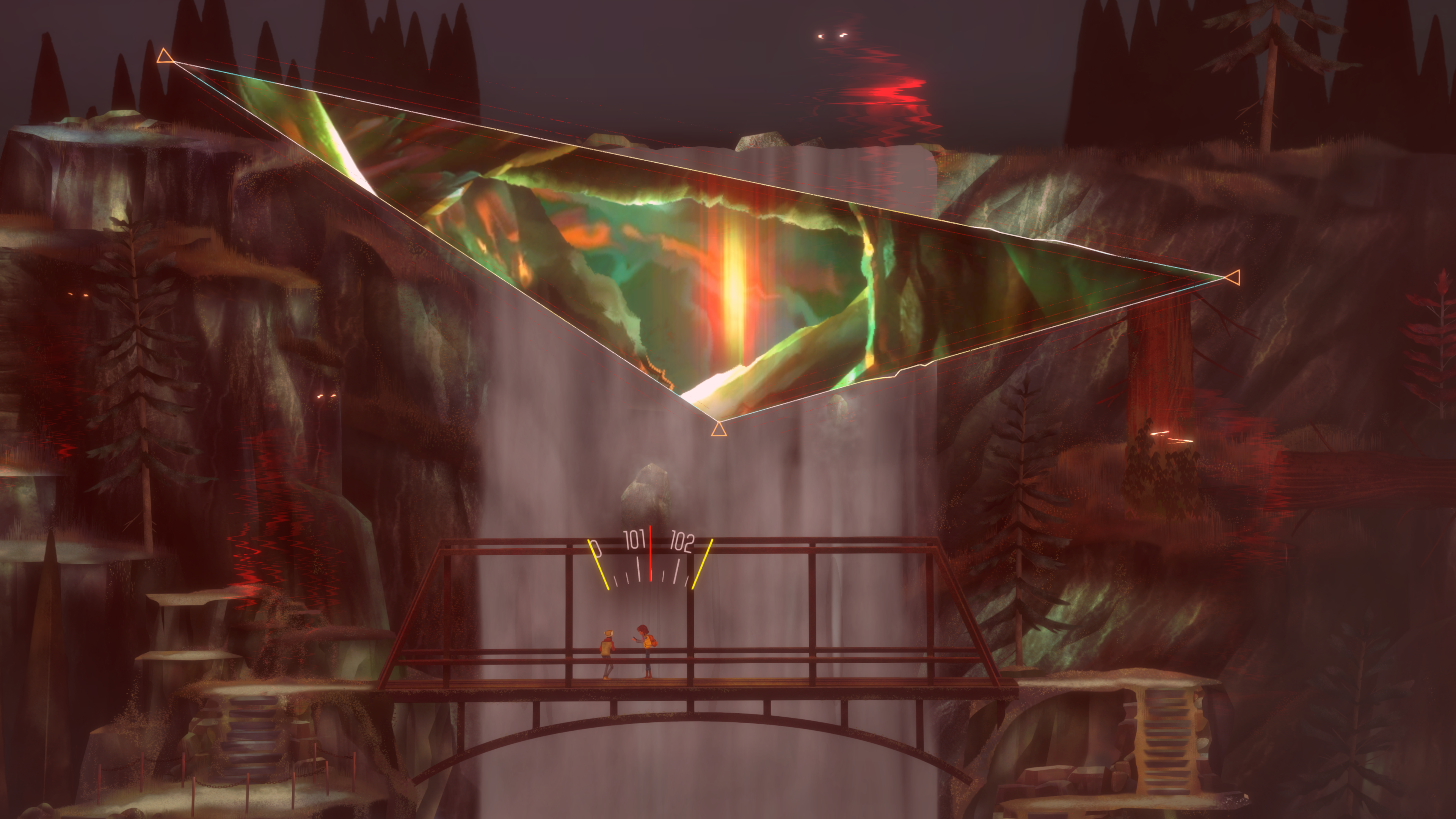
Yeah, I was really surprised when I opened the map and saw how much bigger it was. I’m going off memory here, but it feels substantially larger than that of Oxenfree 1. Is this the kind of game where players will have to do multiple playthroughs to see all the elements of the story?
Definitely, and there’s a few vectors as to why. The order in which you tackle some of your tasks and smaller story threads will definitely impact what you’ve missed or not seen in other ones. But in addition to that, there’s a new mechanic that we have – a walkie talkie that lets you speak to people whenever you want around all of Camena. Even though we’ve seen walkies in other games, the way we’re using it really changed our approach to narrative. Oxenfree, Afterparty and Next Stop Nowhere were all rooted in characters talking to each other right onscreen. But now if you’re like, “I’m getting bored listening to Sean and I want to call somebody on the other side of Camena,” you can do that and interrupt me. And our relationship will evolve based on that. You’ll meet new characters throughout Camena who are being affected by the supernatural events that are happening, and they will come back to help you out at later time. There’s a lot of characters you won’t ever meet, or there are a lot of bits of lore that you will never learn unless you really go back and find some of that stuff.
It sounds like what you’re saying is that different story beats might be happening simultaneously. So, are there going to be moments when players have to make choices, and when a different path will open up based off those types of decisions?
Definitely. One of the things we’ve tried to do – and this, I guess, spans all of our games – but we don’t want to have the definitive, like there’s only three endings to the game, that type of a thing. It’s actually more modular. At the end of this game… I won’t spoil anything, but I will say that like if Oxenfree showed you choices via pie charts, and like, relationships that have gone one way or another, in this one, there are full character threads. There are some people who you might not even meet that, when you get to the end of the game, you’re like, “Oh man, wait, I could have talked to this person or helped that person?” So multiple playthroughs definitely will be required to see 100% of the game. But also, we want one playthrough to feel really good, you know?
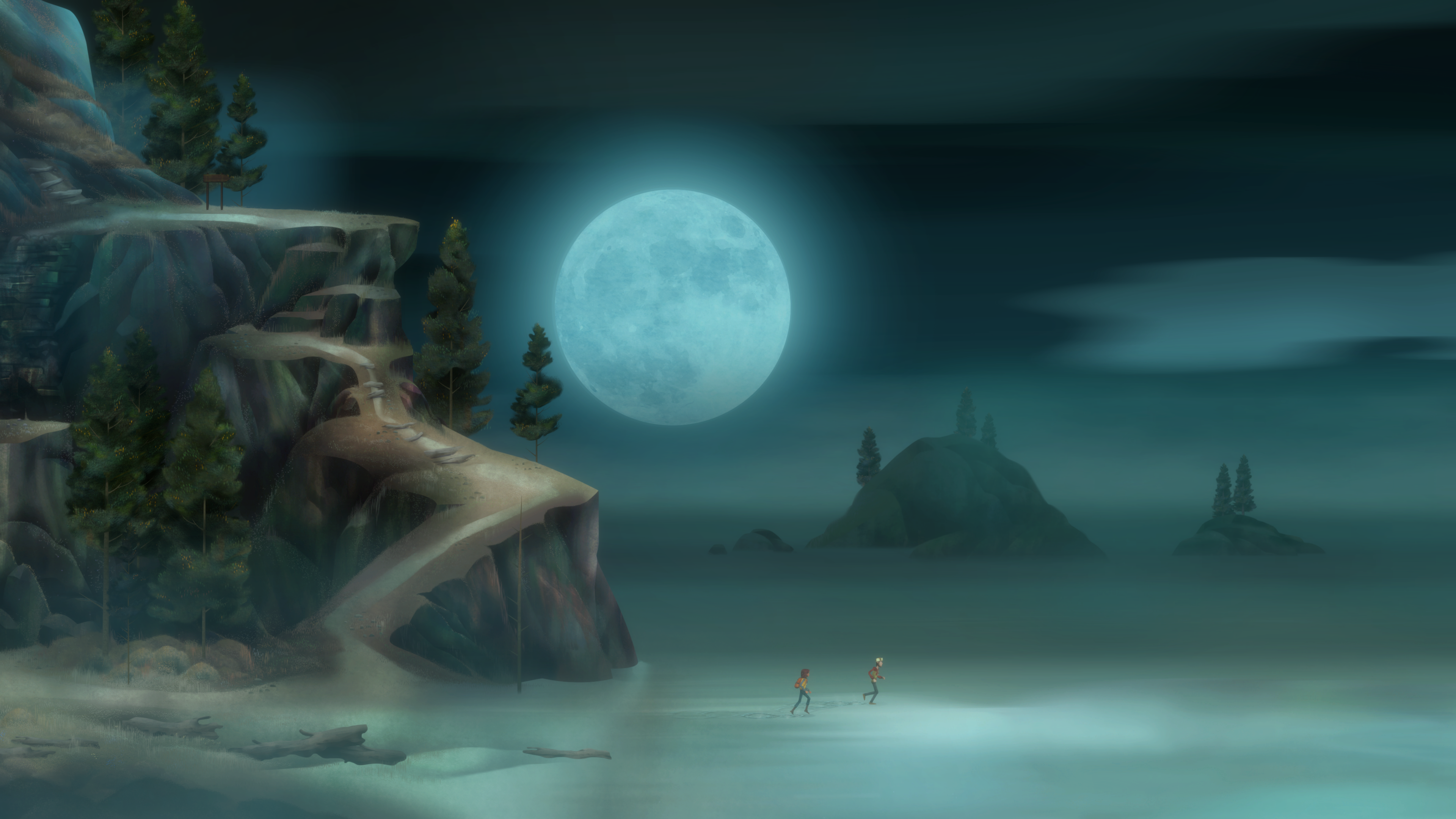
Are there any other new, interesting mechanics in Oxenfree II that you’re really proud of?
Yeah, there’s a couple! So, Riley who you play as in this one… she has a little bit more life experience, right? She’s washed out of the military, and she’s now an environmental researcher coming back to investigate these weird signals. And with somebody who has a little more life experience, she can now climb things; she’ll get some rappelling gear, and she can get to spaces that she wouldn’t have been able to before. So, there are some light new traversal mechanics that I think will materially change how you explore the world.
There’s a thing that we have called Time Tears. You saw at the beginning of the demo when it ripped open and you went back into another timeline… there was another character there and you kind of glitched out from that. That will happen more. So, whereas in Oxenfree, the time loops that you’d get stuck in were more focused on surreal things happening at you, these Time Tears allow you to actually interact with them when you want to, and there will be puzzling that requires you to go back and forth between timelines. So, between the Time Tears, the walkies and then some of that new traversal stuff, those are probably the biggest new mechanics.
Something that really impressed while I was playing the demo was just how natural the voice acting sounded. The writing and the timing of the delivery really helped break the illusion that these were characters in a game. What’s the magic behind that? Because it’s something that a lot of games really struggle to nail.
I mean, thank you! Other than the art, that’s where we aim like 80% of our energy. How do you get dialogue, and the overlapping of character dialogue, to feel like an ability and not just like a cutscene you’re watching? If it’s going to be an ability, we want it to be the most polished, well-written, most naturalistic feeling thing. The tools that we have, that the teams have been building for years, allow for a pretty straightforward implementation of hooking up that dialog and allowing you to interrupt other people and talk over them. But at the end of the day, all those tools aren’t worth much if the writers can’t wield them right.
Adam Hines and the rest of the writing team spent a lot of time writing, not just to make sure that you can get through a scene and have interesting choices, but they think through tone; will the tone of the end of this line match up nicely with the next line? When we get into the directors booth with actors… there’s a lot of intent behind pairing lines that have them in a certain emotional state, and reading those for a while, and then hearing other lines and having a different emotional state. I’s a process I would not say we’ve perfected. It’s still the stuff that takes the longest amount of time. That’s the messiest thing for us to do, but it’s also the stuff that makes the game feel special. There’s no magic bullet, though. It’s a lot of nuanced work that takes a long time.
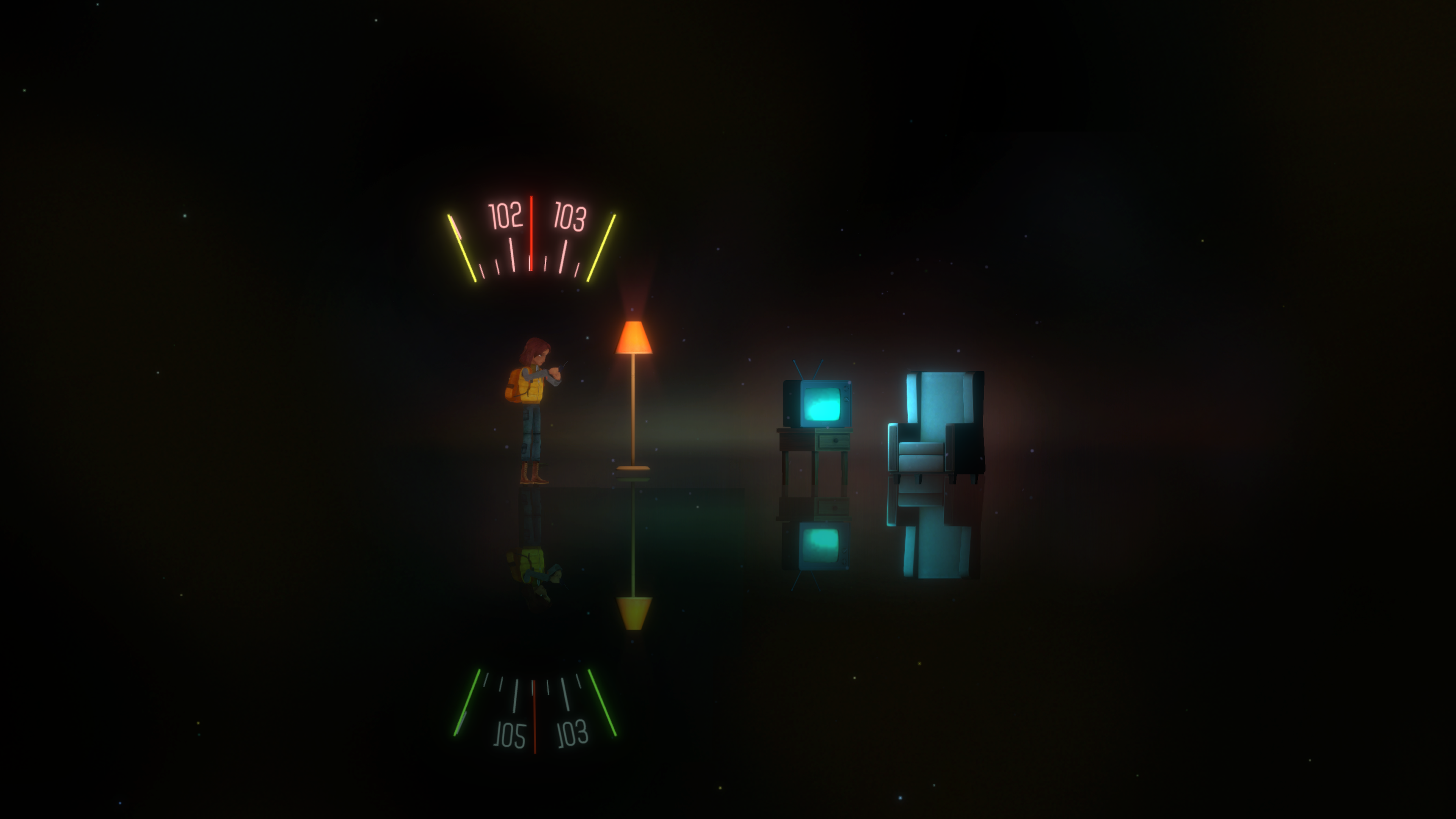
Another thing I noticed is it seems there are a lot of unique one-off animations in this game. How much work went into designing all these animations for all these areas and characters that some players may not even see?
There are two things that I think people will probably not realize how different they are from the first game. The fidelity of the character models in general is way higher – like way, way, way higher – and the fidelity of animation as well. So, I’m so glad that you recognized that! Up until the last minute, people were still, “I want to tweak this” or “I want a little label on the front of a door to flap a little bit” or “I want this character to emote in this particular way.” We take a lot of pride in making sure that even though those characters are fairly small on-screen, that the emoting that they’re doing feels very bespoke for the moment.
We have a bigger animation team this time – we had one person on the first game – and we just continue to add animation for everybody, and we swallow the bitter pill that a lot of people won’t see some of those scenes. But it’s worth it, you know? Once you see it bigger – or there’s certain scenes where we push in a little bit tighter – I think it pays off. We were inspired by games like Ori and some of these other games that have the camera pulled way back, yet the character animation is high, high fidelity.
Were there any other reasons why you’re team decided to embrace the ultra wide camera angles again for Oxenfree II?
When we started on the game, we had a pretty strong ethos for not wanting a lot of UI on screen, like at all. The dialogue system was born from that, being something that emerges from the player character instead of being nested somewhere else and feeling very separate. So that made us pull it back a little bit. And then it was like, “well, we don’t want to do camera cuts”. We want it to feel contiguous, like wherever you’re going, we want it to almost feel more like you’re playing a play than a movie. So then we had to pull it back further, because how else can two or three characters be onscreen together? And finally, this specific Pacific Northwest environment… having these trees, and having the big portals and having all these extreme long shots feels so beautiful and like part of the characterization of the game. It felt like a natural thing.
Yeah. So, you’re releasing this game onto Netflix, but it’s still coming to other platforms too. What has it been like working with Netflix to publish this game?
It’s been great. We’ve actually joined Netflix now – like we’re part of Netflix – which has been a fascinating 18-ish months now. We initially started talking to them about bringing some of our other games to the service, more in a third-party way. And after about six months of me talking to them, I was really into where they were headed in general with their approach to interactivity and storytelling. And one day, one of the folks there reached out and was like, would you ever want to be part of Netflix? I was like, “I was kind of thinking and hoping this!”
It led to what has so far been Netflix really just amplifying what we do, that we couldn’t have done as an indie studio. Like, Oxenfree 1 and II are going to be in over 30 languages. There’s no way we could have afforded to do that and get that out into the world. Netflix has all kinds of other resources, from trailer shops to people who do branding to amazing recording facilities. So, we get to kind of tap into all that. Now we have a little bit more budget, so we can hire people that would have been contractors before. It’s been awesome, but it’s also been pretty hands-off. They’re like wind behind us, helping us move along, and it’s been great!
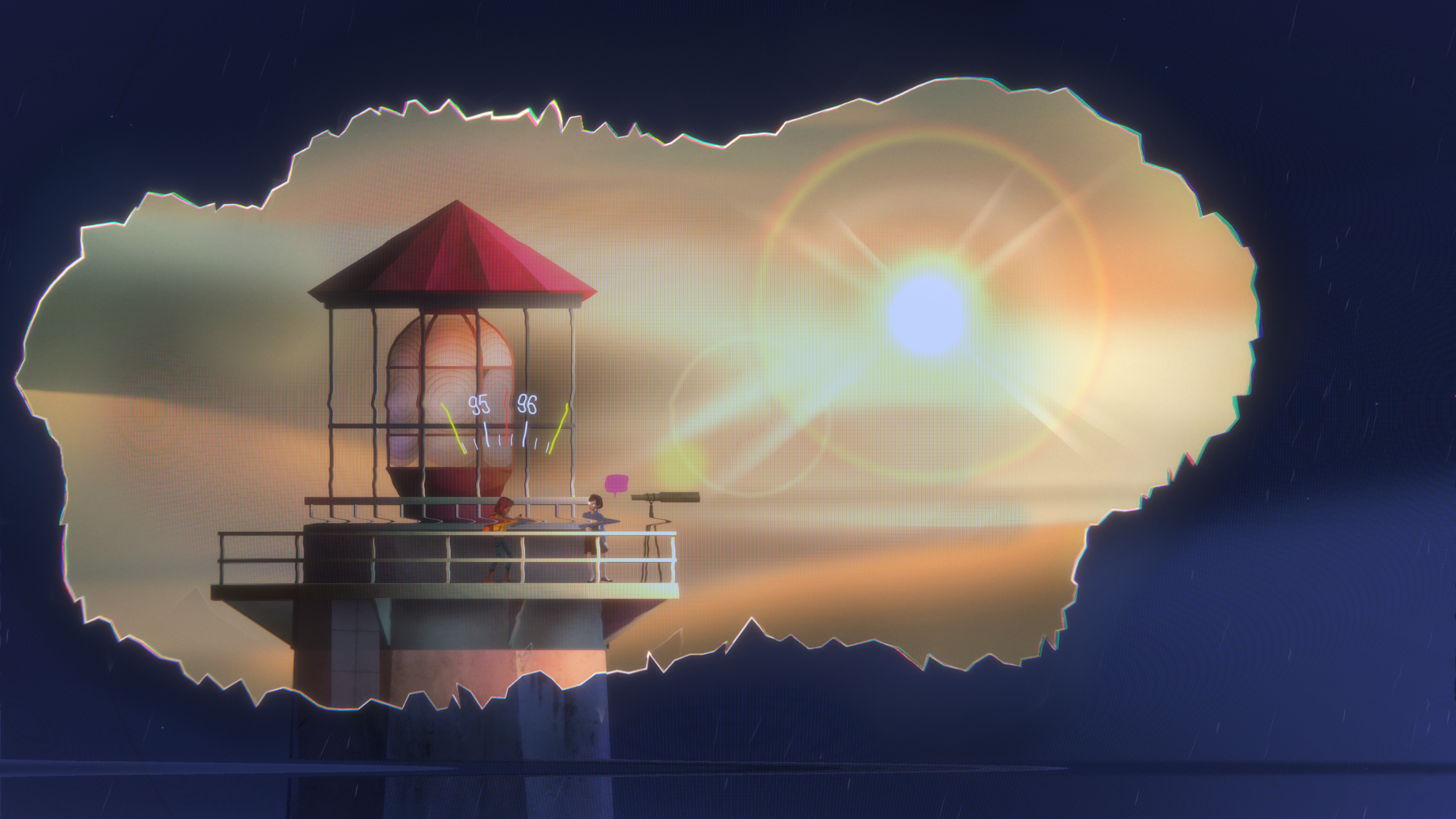
Now that you are one with Netflix, could you ever see the door opening to broader uses of the Oxenfree IP?
I would love that. Yeah, that is definitely part of my personal mission. And you know, all of our IP, to be honest… I think that Afterparty would be awesome in that space as well. We’re in the very early days of sorting out what that looks like, because even as Netflix Games is growing, the transmedia strategy in general is growing. So it’s definitely far more likely now, I would say, than it has ever been. But we still aren’t at a place where we know what that would look like yet.
Is there anything else you want to share with the community before we wrap up?
One other thing would be that you don’t have to have played the first one at all to get this one. It almost feels like an anthology. However, if you play the first game, it is a way richer experience. You can even play them in either order, to be honest. It’s kind of weird how they talk together that way!
The game’s right around the corner, July 12th it comes out. We’re on PlayStation, Switch, PC, and we’re on Netflix, of course. And if you have a Netflix subscription, then it just comes right along with your subscription. And yeah, we’re just hyped to get people to check it out!
